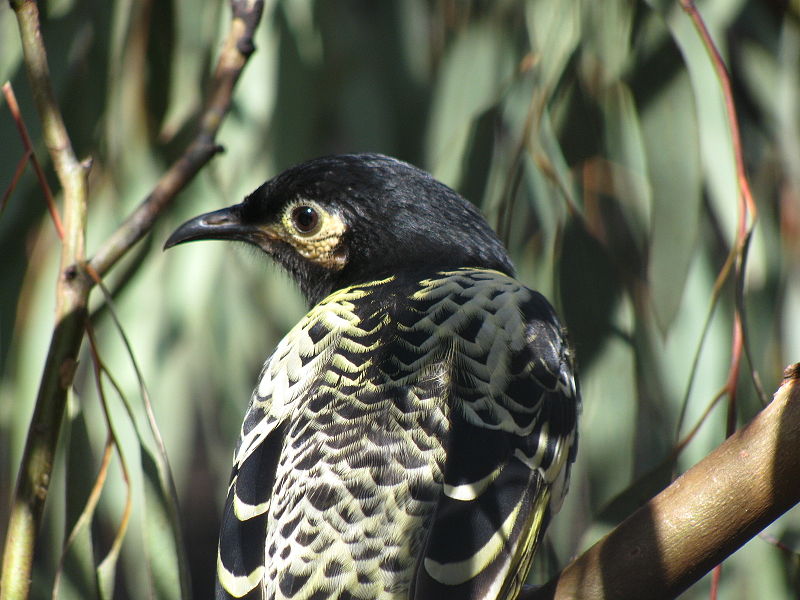44 captive-bred Regent Honeyeaters were released mid-May by an Australian National Park. At least 36 of them have been spotted in the wild and appear to be blending in with their wildborn counterparts. Birds Australia has put together a National Regent Honeyeater Recovery group, hoping to boost the populations of these beautiful creatures. Most of the released birds have remained within park boundaries, but some have sought greater freedom. Monitoring their behavior and tracking the individual honeyeaters will continue through mid-July.
It is currently estimated that 1500 Regent Honeyeaters remain. Development of their habitats and destruction of flowering plants are considered the main threats to these birds. Conservation efforts include breeding more Regent Honeyeaters in captivity, replanting habitat trees and the flowers from which they eat. It is hoped that certain portions of land may be protected to rehabilitate the area the honeyeaters call home.
via BirdLife



No comments:
Post a Comment